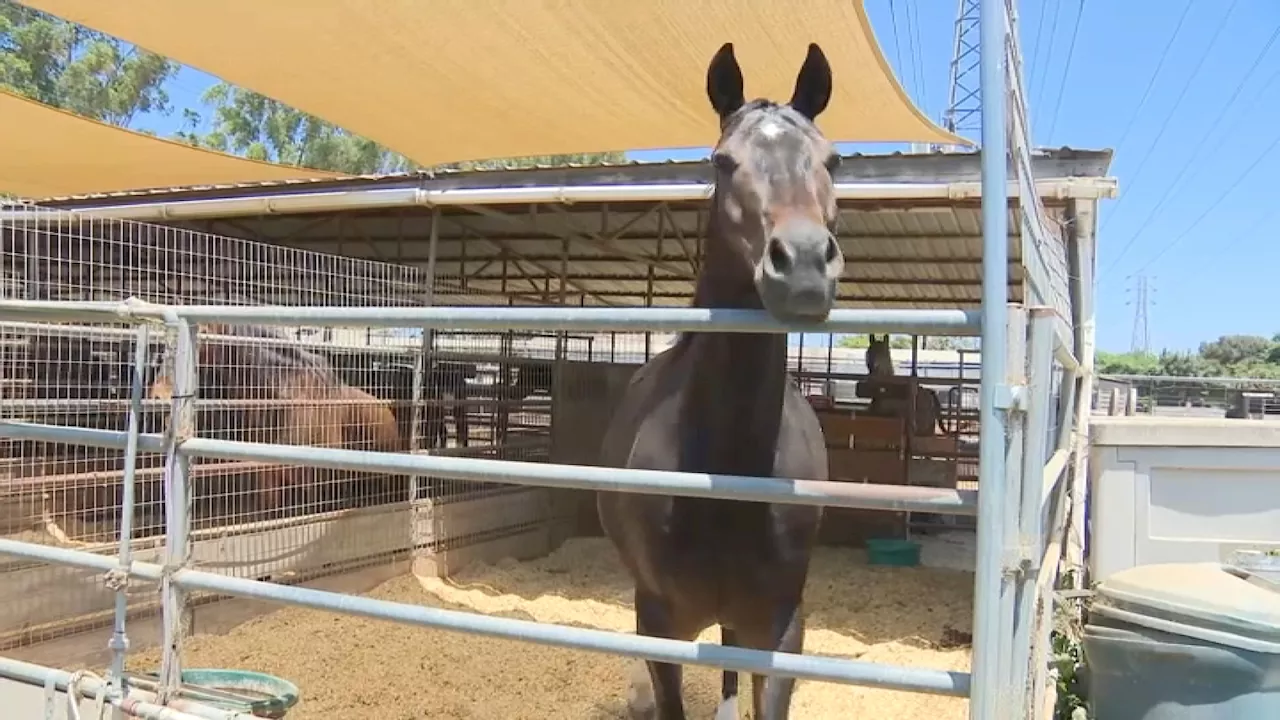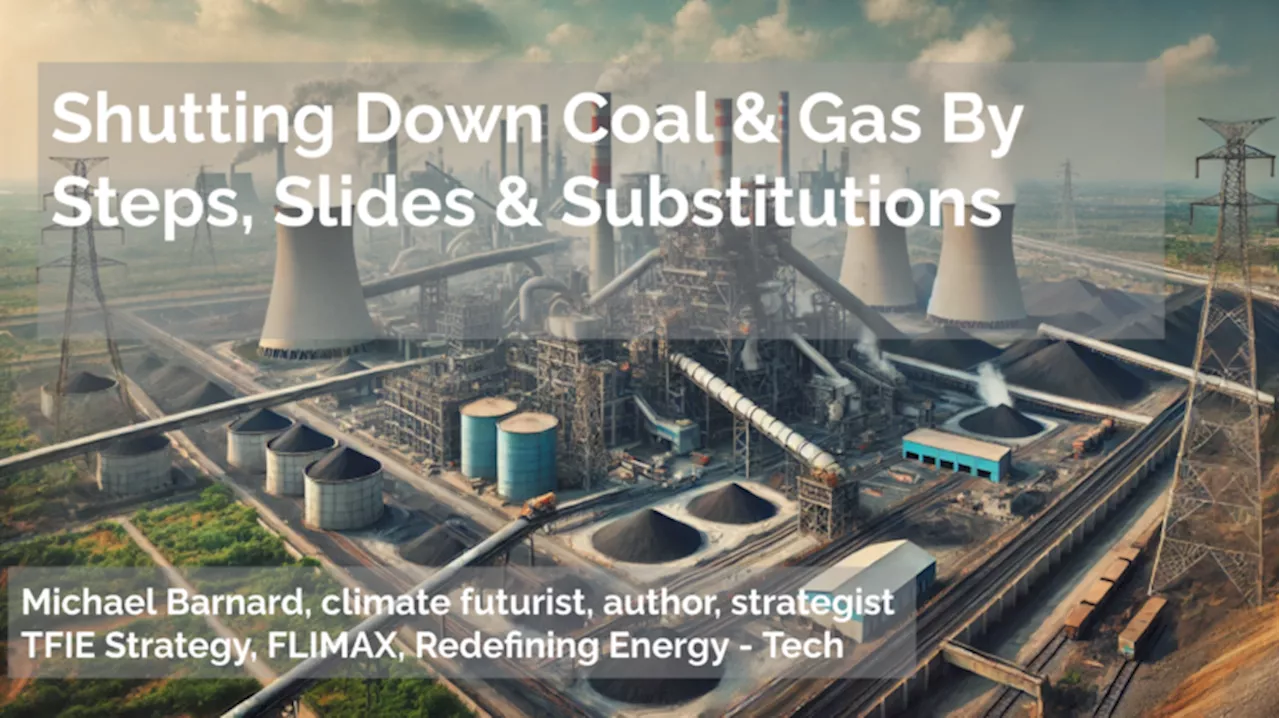The latest installment of my India utilities seminar series was on the strategic reduction of coal's negative externalities while ensuring a reliable grid.
, the think tank founded as an umbrella organization over India’s 28 state utilities to provide thought leadership, share leading practices, and bring international insights to India, I’m delivering bi-weekly webinars framed by the. With the glories of online recordings and AI transcription tools, it’s relatively easy to share both the transcript and the slides that I used, so I’m making a habit of it.
First off, there’s a really interesting point, which is coal kills, gas kills, and oil generation kills, they basically are really problematic. They are also very high emissions. While they have benefits of providing electricity, which powers hospitals and powers industry and stuff like that, they come with very significant downsides on both sides of the ledger and direct and indirect impact.
Let’s step through some examples of what’s been happening now. These trajectories are for CO2 emissions from coal since 1990 and CO2 emissions from gas generation since 1990. Clearly, since 1990 is the baseline for wanting to decarbonize. Clearly, we’re not doing a very good job of that. But I would like to point out that the global GDP and decrease in poverty since 1990 in major countries like India and China and Brazil has been extraordinary.
But as we look at this, what we see is percentage of electricity from coal and gas for major economies of the United States, Europe, China and India. What we can see is that Europe since 1990 has actually quite significantly dropped the percentage of electricity that it generates with natural gas and coal. So that is actually very positive. They’re a world leader on many fronts, and they are virtuously trying and they’re virtuously succeeding. So if you have to emulate somebody, look to Europe.
Now, India is an interesting one. It’s been fairly stable, but it’s been trending upward. So despite the focus on renewables, in the past decade, India has been building more coal while it’s increasing the consumption of electricity in the country. That’s a worrisome trend because wind and solar are now so cheap. I was somewhat surprised by that.
But what we see is that in this period, we’re seeing significantly declining capacity factors for coal plants. What that means is that coal plants are now being used as flexible generation to enable and balance renewables. If you look at China, they’re now down at 50% or so capacity factors on their coal plants, and they’re running them as the generation of last resort. If there’s wind, solar, or nuclear or hydro available, they use that. And then only if they need coal do they turn it on.
As we look at India, what we see is India’s industrial sector was fairly limited in 1990 by comparison to China or the west. Still significant industry in Gujarat and other places. But over time, through the 2000s, what we saw is very significant increases in electricity demand, per the data I have, as India’s economic boom was starting. But even there, even India, what you’re seeing is a very significant decline in capacity factors.
But I’m not saying that Europe is building enough, I’m not saying North America is building enough. I’m just saying India needs to significantly increase its build-out of these things in order to achieve true zero emissions and to continue lowering the capacity factor of coal plants. In the 2000s, they were putting schools inside tennis domes with filtered air. In 2014, my company wanted me to move to Beijing and I said, my wife and I like walking outside and we can’t in Beijing because it the air was so bad. What they did is they said, one of the many things they did was they said, well, all the coal plants in and immediately around Beijing are going to shut down. That meant that all the massive health impacts of those coal plants diminished substantially.
The air in Toronto was so bad because we used a lot of coal generation and we had car emissions, but the coal generation was the real problem. So the government at the time, the Liberals under McGuinty, said, you know what? For climate reasons and public health reasons, we commit to shutting down coal. And they said, we’re going to do it in ten or eleven years. They committed to do it by 2013, I believe. And they regulated that. They said, this is what you’re going to do.
Lever four, replace the worst plants. Every time you shut down an old subcritical plant and replace it with a new supercritical plant or you shut down a lignite burning plant and replace it with a bitumen burning plant, you are reducing the impacts of coal generation. The next lever is pricing carbon. Alberta you might know, because that’s where Canada’s oil sands are. The oil sands are the highest emissions sector in Canada. The emissions from the oil sands in Alberta and the oil and gas industry in Saskatchewan have gone up quite a bit. So everything else that Canada has done, including Ontario shutting down coal over the past 20 years, have been swamped by the increases in Alberta and Saskatchewan.
Of course, Alberta was putting in wind and solar, until recently, that was a very sensible activity they were doing in Alberta, where they’ve got big, flat plains, and it’s pretty easy to string out transmission lines around a big, flat, underpopulated plain. From an India perspective, just think of Alberta as having a population of one of your tiniest cities. There are, I think, 4 million people in the entire massive province.
What I said is what technology are they using? Is it supercritical or subcritical? Supercritical scores high. Subcritical scores low. So I just did a one to five rating simple unweighted criteria scheme and the grade of coal. Is it running lignite coal? That’s a bad score. Is it running imported bituminous coal because of the emissions that carry along the supply chain that’s higher emissions as well. That was kind of a medium score.
This does require building some transmission and building some storage. But you’re building transmission and storage anyway. I will say that a lot of coal facilities now are being repurposed with storage and lots of solar. As much as they can pack into the space. And that’s something seriously to consider for the places you shut down.
So this is just kind of a perspective. This is a thought experiment. At what point does a coal plant stop making money? That’s part of what happened with the coal plants in Alberta, but it also happened in Europe, in Denmark, they were generating with a lot of coal. Now, Denmark, as you may know, is famous because it’s the home of Vestas, one of the world’s most innovative leading wind turbine manufacturing companies. And it has been since the eighties. It’s just amazing history there.
? Well, I would say increasing demand in the mining industry is not a way to reduce the demand for electricity that coal plants provide. It is a way to make mining much more virtuous in and of itself. But mining is a heavy power organization now. All sorts of people around the world are dealing with this. If we take mining as an example, Australia, there was a big mine there eight or nine years ago. It was a big copper mine.
You want to get as much out of it as possible. But coal and gas are thermal generation. In thermal generation, you’re boiling water to make steam to turn turbines. That cycle has significant limits in terms of efficiency, just thermodynamics. You’re creating heat, which is not creating work. So a coal plant might have 38 or 40% efficiency at turning coal into electricity. A gas turbine, which is specifically used for speeding up fast, very high speed, ramp-up peakers.
The Trump administration’s quite famous hatred of wind energy did nothing to the slope of deployment of renewables. Because they’re cheaper, because they’ve been proven to be reliable on grids, they have zero correlation with reliability. They’re not expensive, and so everybody’s just buying them, and they will, so they’ve won. And so we’re just going to keep doing it.
The land requirements of coal plants, they’re actually quite big. They take up quite an amount of land themselves, but you can’t put enough solar on them or wind on them to generate as much electricity as a coal plant does. But that’s not the point. I always like to use an image from the Netherlands, which has a lot of wind energy, with massive, beautiful fields of tulips and different beautiful colors and blooming flowers, with wind turbines all over the place.
United States Latest News, United States Headlines
Similar News:You can also read news stories similar to this one that we have collected from other news sources.
 3 Battlefield Games from the Xbox 360, PS3 Era Are Shutting DownElectronic Arts winds down several Battlefield games.
3 Battlefield Games from the Xbox 360, PS3 Era Are Shutting DownElectronic Arts winds down several Battlefield games.
Read more »
 Storm top Fever after shutting down Caitlin Clark in second halfJewell Loyd scored 34 points, and the Seattle Storm held Caitlin Clark to just three points in the second half of an 89-77 win over the Indiana Fever.
Storm top Fever after shutting down Caitlin Clark in second halfJewell Loyd scored 34 points, and the Seattle Storm held Caitlin Clark to just three points in the second half of an 89-77 win over the Indiana Fever.
Read more »
 Lakewood Equestrian Center is in jeopardy of shutting downHorse lovers in Lakewood are trying to save an equestrian center that’s been in the community for decades but one that the city says it can no longer afford.
Lakewood Equestrian Center is in jeopardy of shutting downHorse lovers in Lakewood are trying to save an equestrian center that’s been in the community for decades but one that the city says it can no longer afford.
Read more »
 Jimmy Butler Reportedly Shutting Down Trades to Leave HeatMiami Heat superstar Jimmy Butler is reportedly shutting down trade talks that state he is set to be moved.
Jimmy Butler Reportedly Shutting Down Trades to Leave HeatMiami Heat superstar Jimmy Butler is reportedly shutting down trade talks that state he is set to be moved.
Read more »
 Benefits Data Trust is shutting down in 60 daysThe Philadelphia organization provided no details for the abrupt move.
Benefits Data Trust is shutting down in 60 daysThe Philadelphia organization provided no details for the abrupt move.
Read more »
 Democrats slammed for not shutting down 'Squad' 'antisemitism' after synagogue clash: 'There's a connection'Fox News contributor Marc Thiessen joined 'America's Newsroom' to discuss explicit comments made by Democrat Rep. Jamaal Bowman at a rally in the Bronx.
Democrats slammed for not shutting down 'Squad' 'antisemitism' after synagogue clash: 'There's a connection'Fox News contributor Marc Thiessen joined 'America's Newsroom' to discuss explicit comments made by Democrat Rep. Jamaal Bowman at a rally in the Bronx.
Read more »
